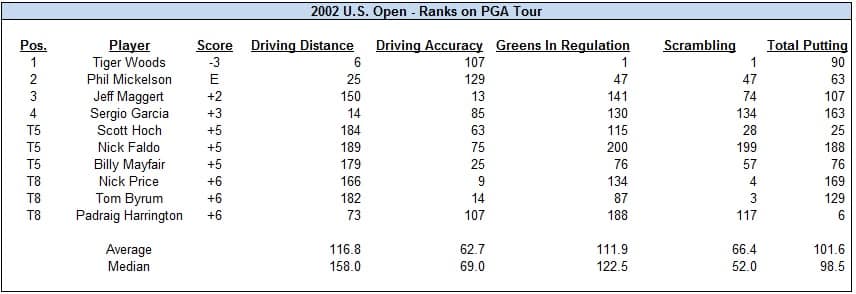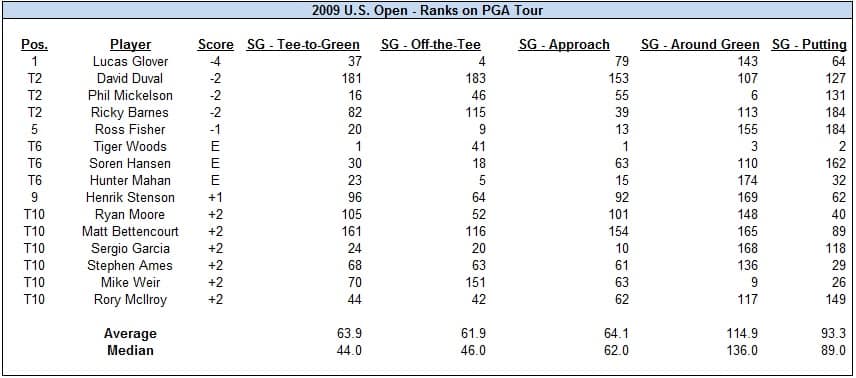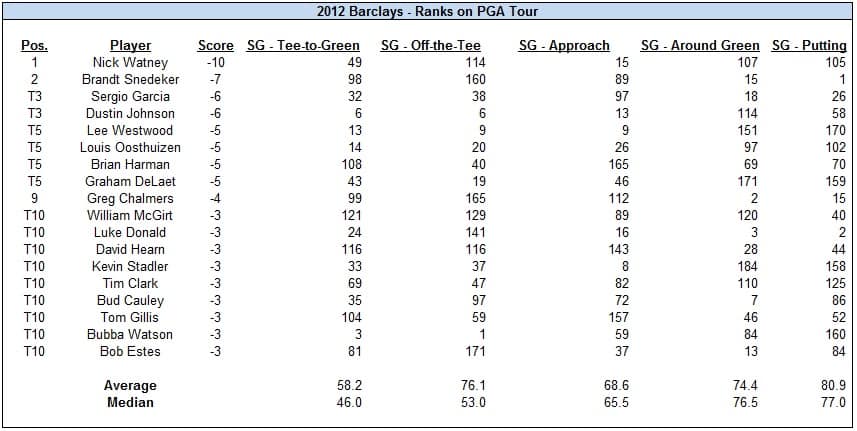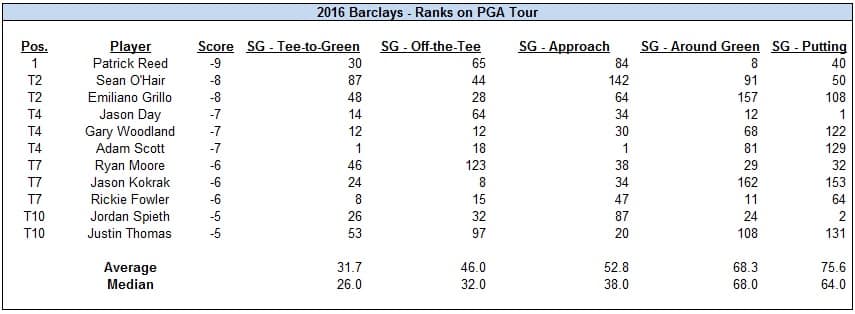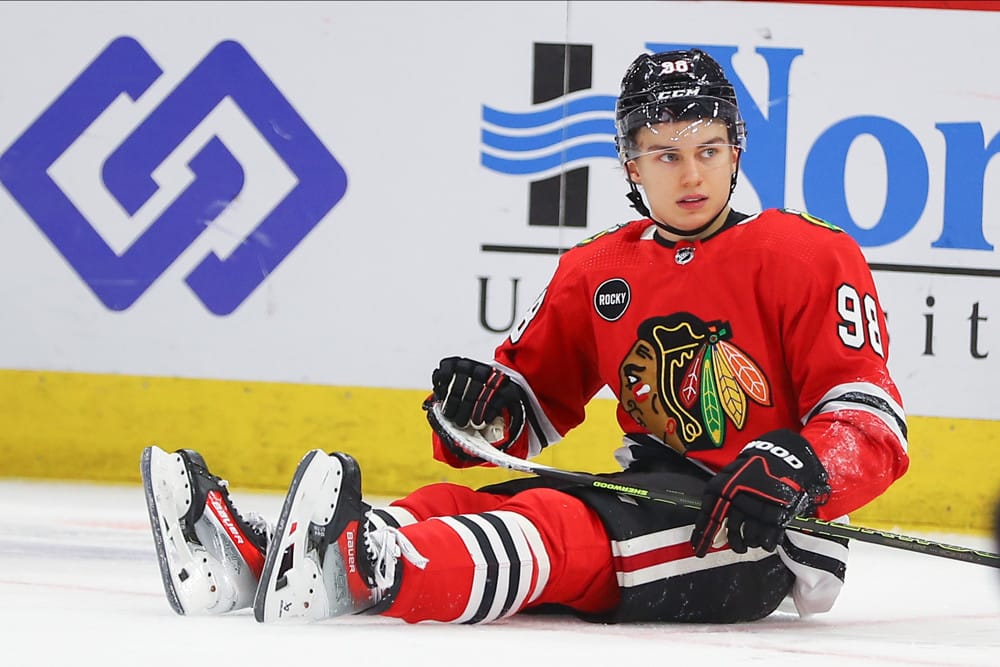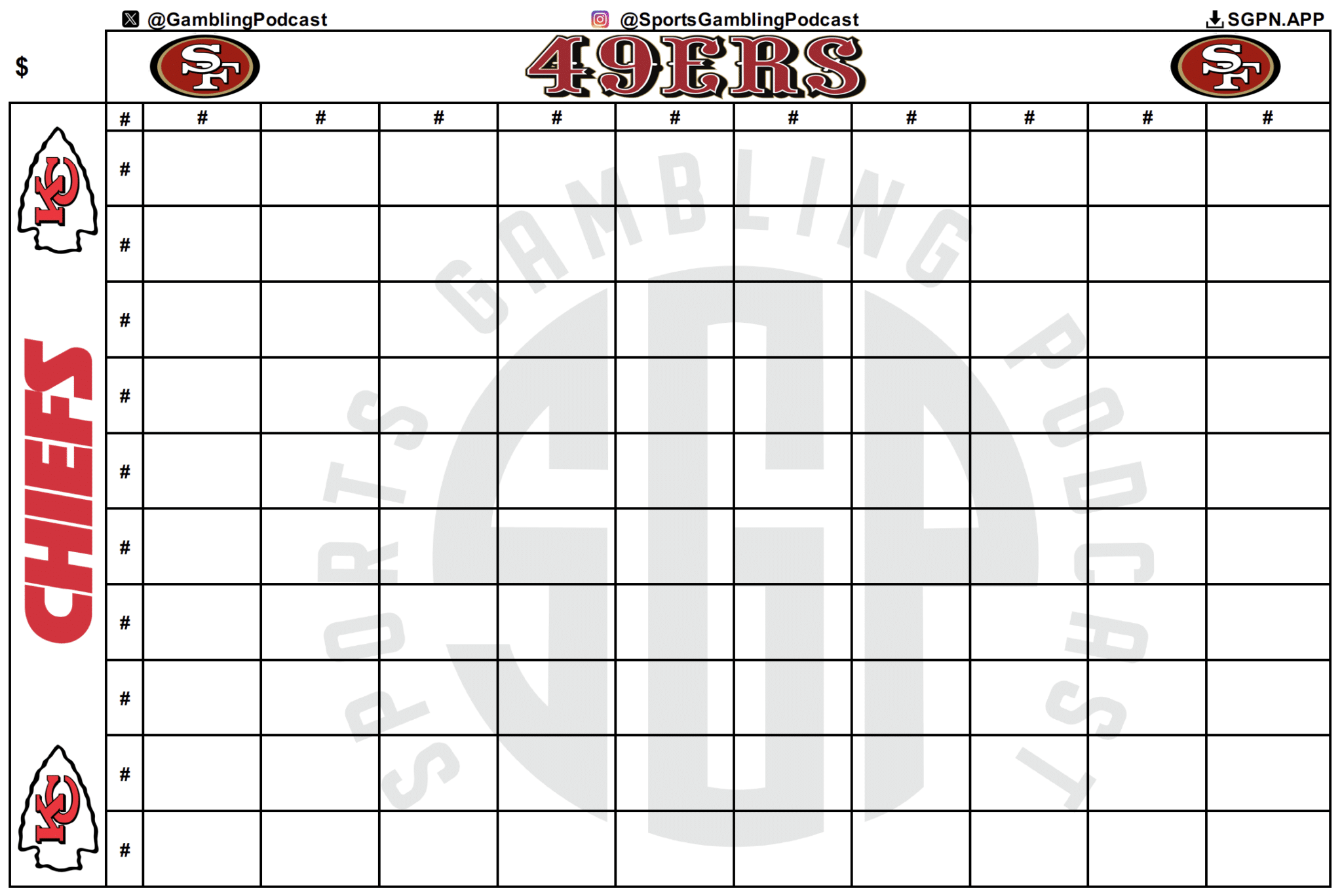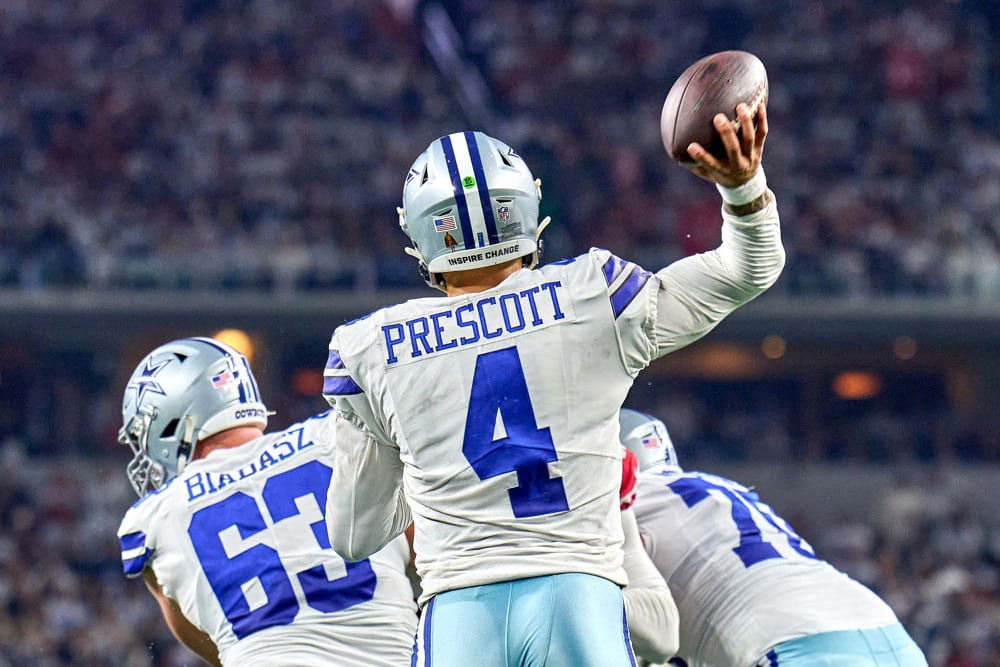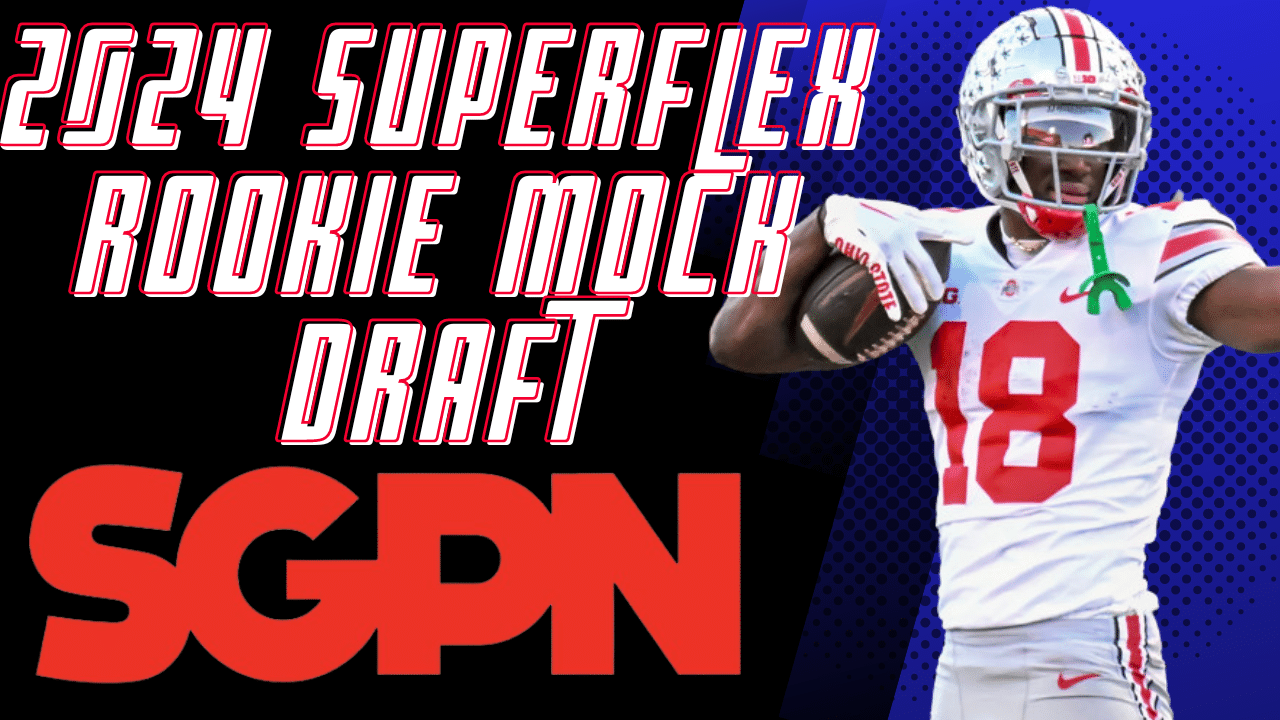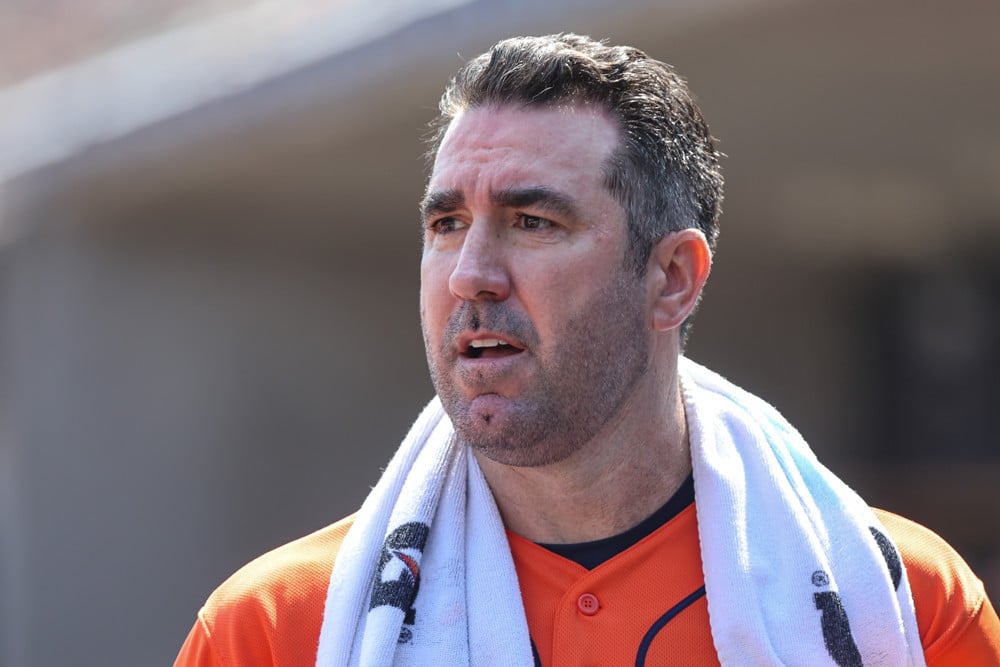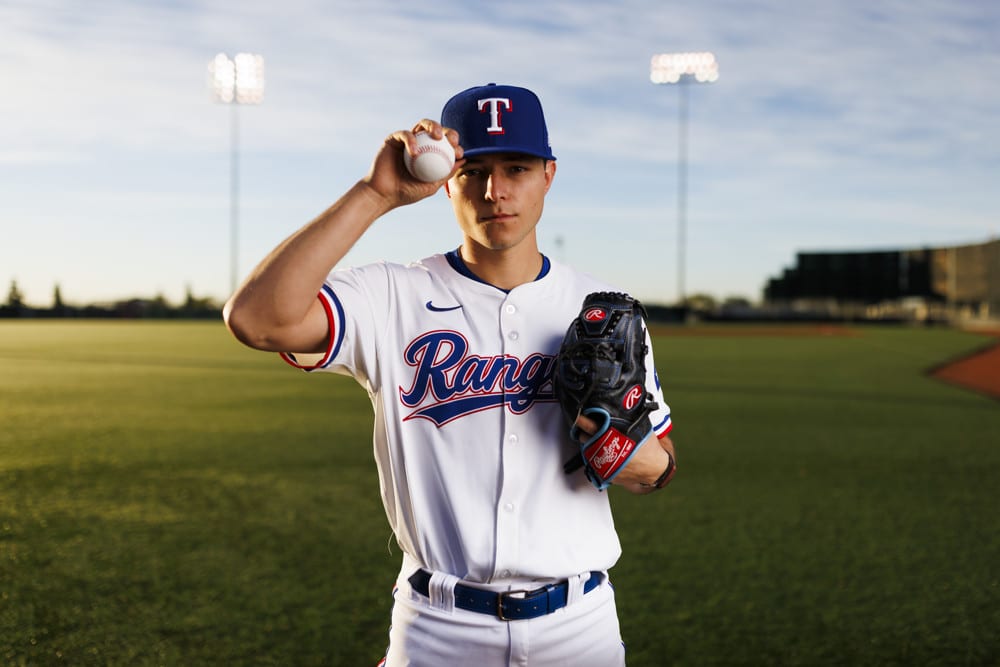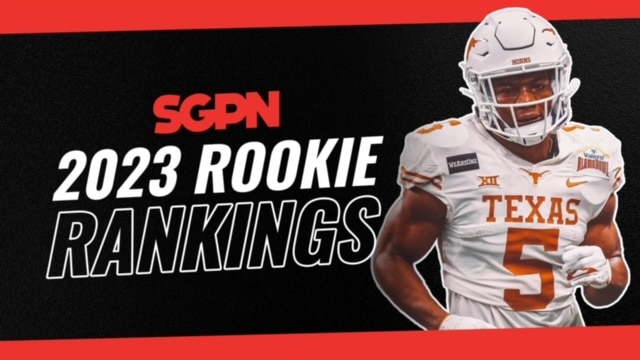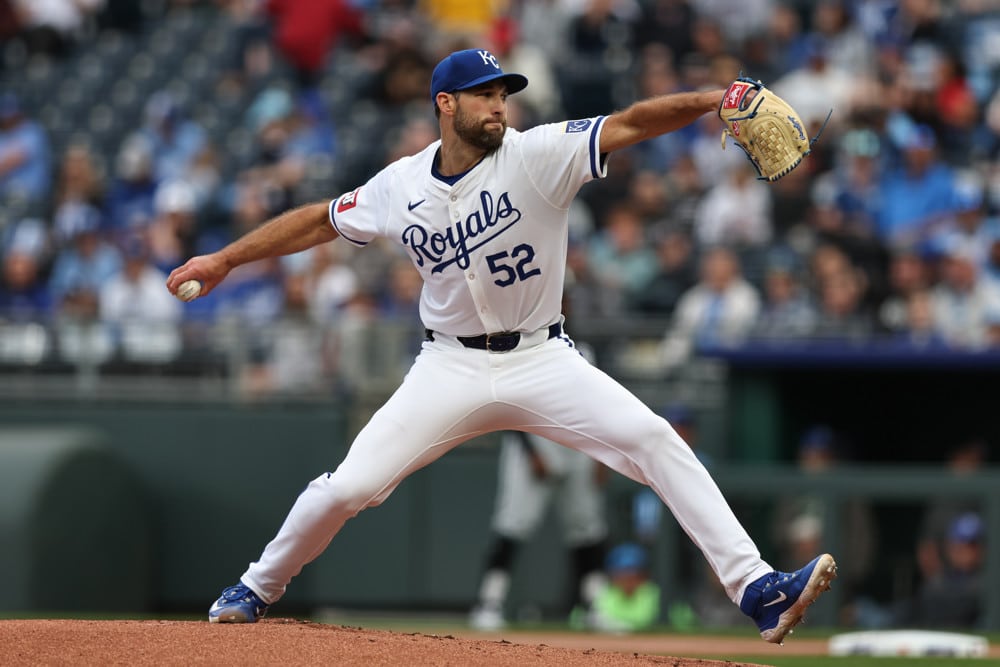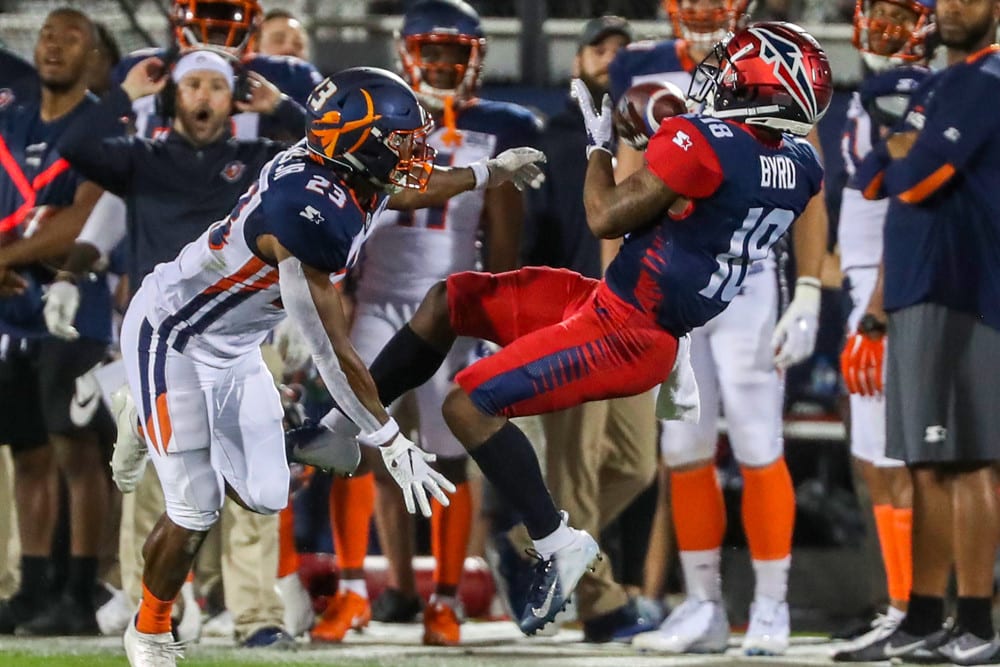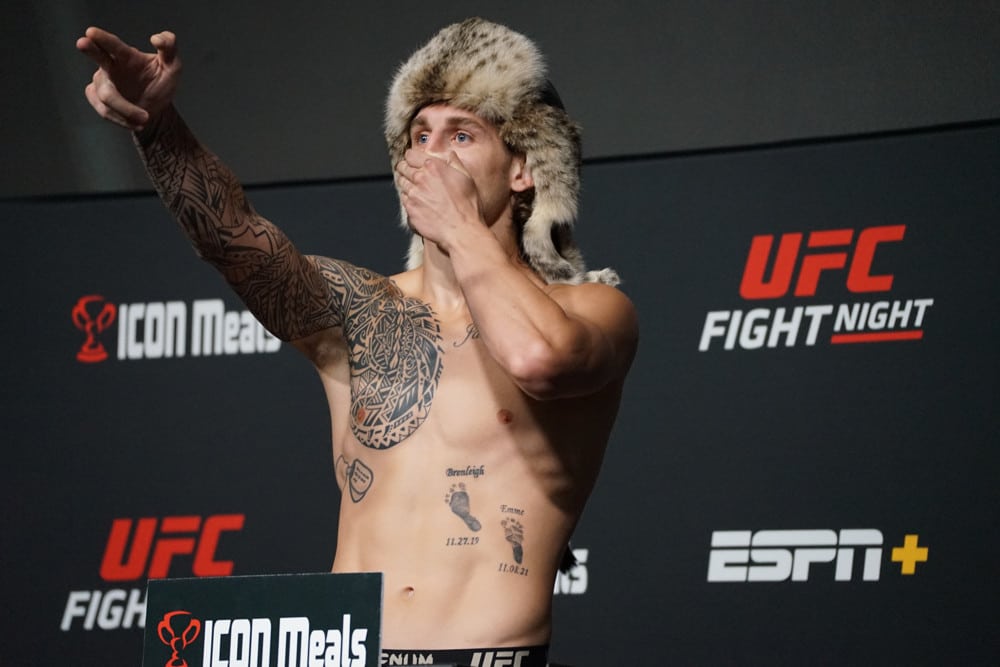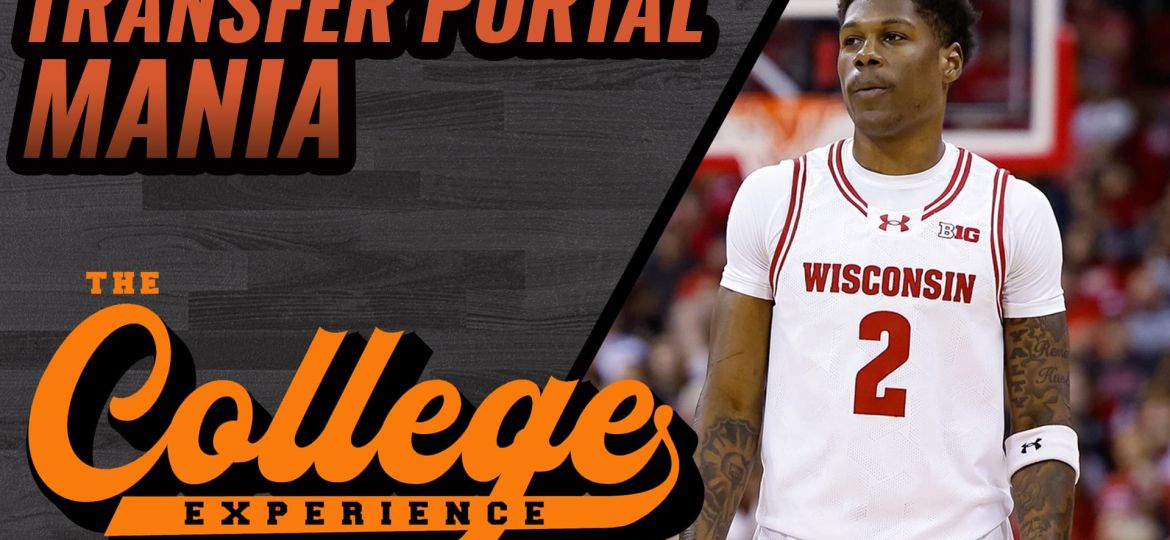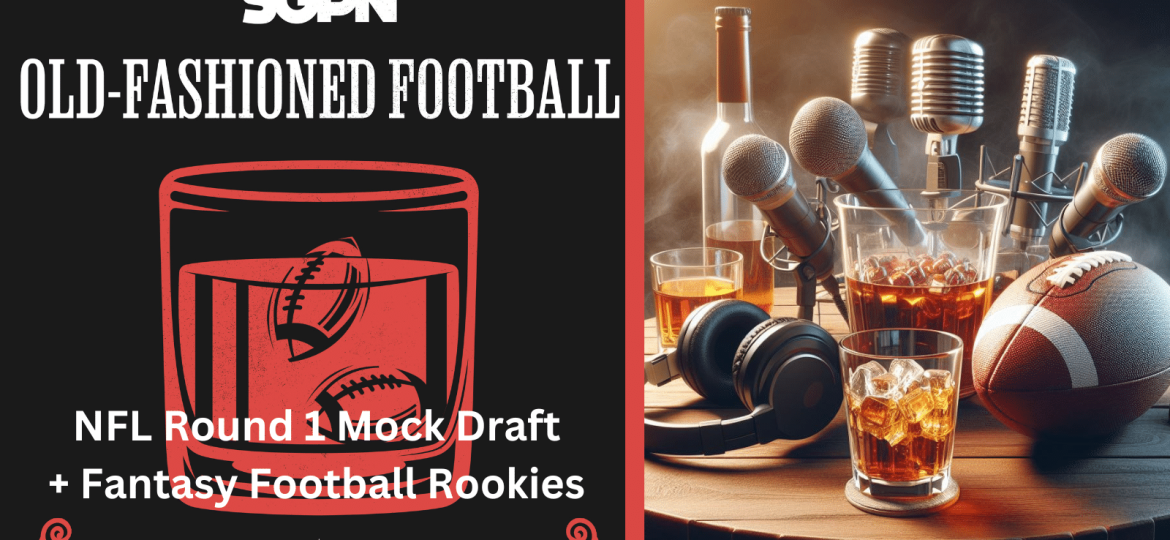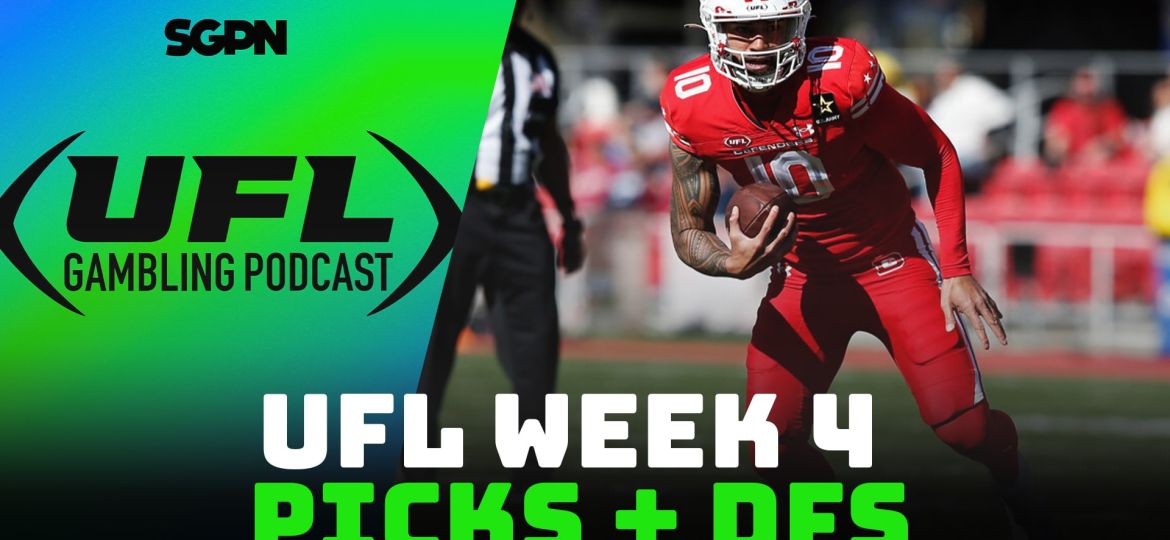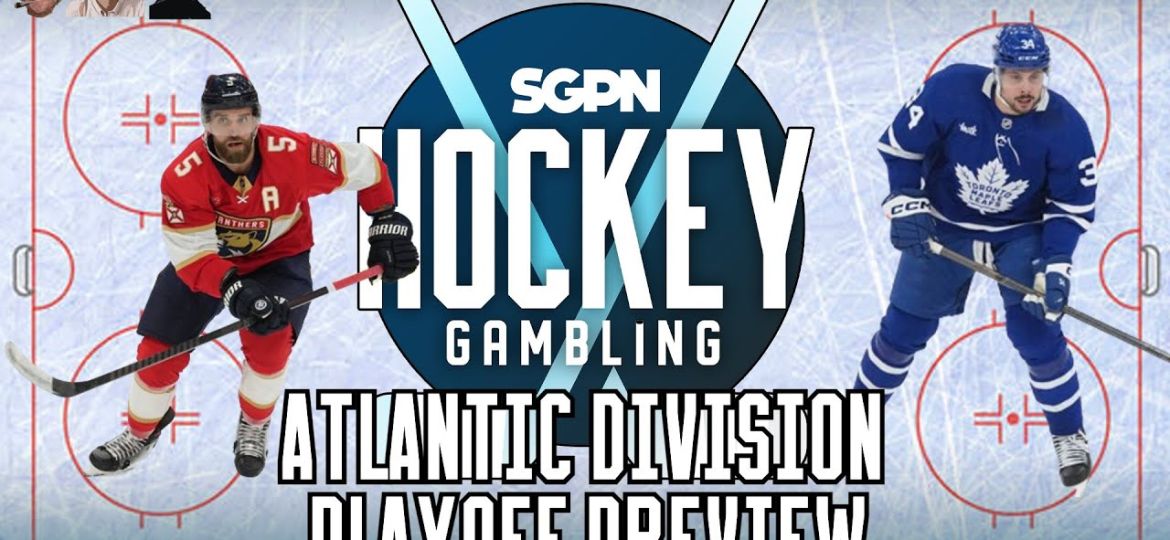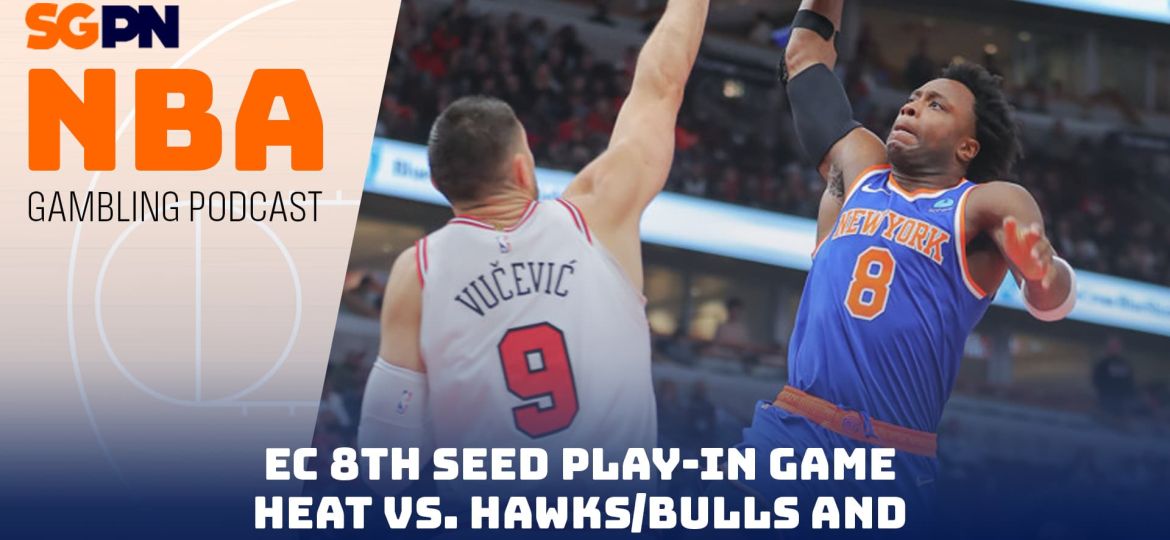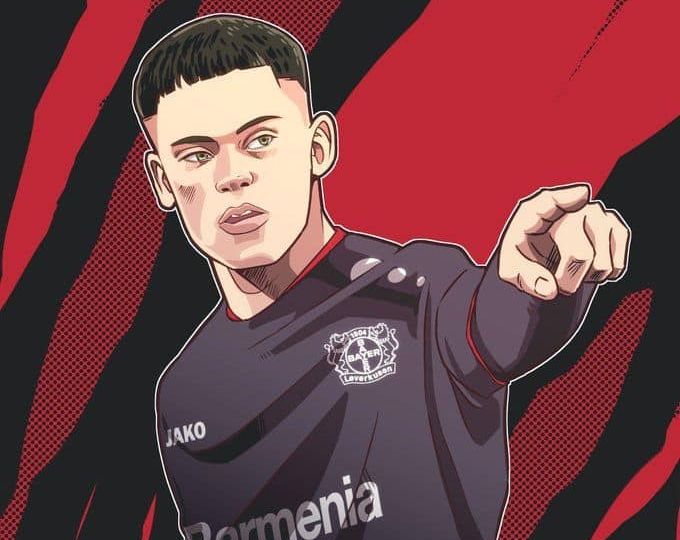This week the PGA Tour heads down to New Orleans to play the Zurich Classic at TPC Louisiana. It’s a two-man stroke play team event featuring 36 holes of Fourball and 36 holes of Foursomes. Long and short – it’s essentially the Shark Shootout on steroids.
Yup – that sounds like a golf handicapping dumpster fire.
Instead of giving out some fairly reckless and ill-advised betting tips on the event (Sergio Garcia and Tommy Fleetwood are paired together, of course they’ll win!), I’m going to devote my time this week to deliver to you something much more beneficial and useful. With the shake up of the schedule, the PGA Championship is now just a short three weeks away, and now is the time to look ahead towards the tournament and get a better picture of how the course will play and who will contend for the victory.
Handicapping how the annual Masters Tournament at Augusta National will play is actually pretty easy. There are years and years of data to analyze, ranging from what types of golfers do well there, how the weather affects the golf course, etc. It makes handicapping tournament props like low round, cut line and the winning score a pretty easy and profitable task.
The other three majors, however, is much more difficult to forecast. Gamblers who heavily rely on statistics to make bets on golf tournaments are now facing the dreaded “small statistical sample size” to try and make wise selections. Sure, there likely were other majors the course has hosted, but the game is so much different than it was 10 years ago that those who misinterpret the data can make false conclusions.
Bethpage Black has hosted four professional events over the last 17 years. At a later date, I’ll give an in-depth breakdown of the golf course. For now, however, let us start with our PGA Championship preparation by breaking down the leaderboards at Bethpage Black and attempt to identify trends.
2002 U.S. Open
https://www.youtube.com/watch?v=V6E9yqYXn3M
The PGA Tour had yet to utilize shot-link data to calculate strokes gained statistics, so for the 2002 U.S. Open I’ll utilize the more vanilla stats to analyze where each golfer in the Top 10 excelled at during the year.
The two areas that stand out the most is that the majority of the Top 10 were very accurate hitters off the tee and scrambled well. This isn’t a surprise at all given the layout of the golf course and the overall mission of the USGA when setting up a tournament. The USGA set up Bethpage Black in 2002 to be very penal for anyone who was erratic off the tee. Additionally, there are several elevated greens that the golfers face for their approach shots, and the greens are relatively small. With course conditions making it tougher to hit the green in regulation, those who were good scramblers out of the deep rough around the greens generally fared better than those who weren’t.
This is largely substantiated when looking at the statistics from the 2002 U.S. Open itself. The average driving distance for the tournament was 269.5, and the Top 10 on the leaderboard averaged just below this threshold at 268.2 yards/drive. This top 10 was much more successful in hitting the fairway, as they hit on average 68% of fairways over the tournament. The field on average hit the fairway only 62% of their drives. Finally, while the Top 10 of the tournament only hit 59.4% of their greens in regulation (a really low figure), the field itself only hit it 54% of the time. That substantiates that the players were scrambling for par more often than not, thus the players with the better short game rose to the top.
2009 U.S. Open
In looking at the golfers who finished in the Top 10 in 2009, it paints a much different picture than that in 2002. For the most part, these golfers were more long than accurate off the tee, and they were much more adept ball-strikers with their approach shots and less adept scramblers.
There’s a few reasons for this shift in the type of golfer who found success at Bethpage Black in 2009 as opposed to 2002. For one, the golf course was lengthened about 250 yards. This encouraged golfers to hit more drivers off the tee and be slightly more aggressive than they were back in 2002. Along with the advancements in technology, the average driving distance of the field rose to 275.5 yards/drive. Of those finishing in the Top 10, they averaged just over 280 yards/drive, or five yards more than the field average. On the surface, it appears as though longer hitters off the tee had the upper hand.
This tournament also saw an increase in the number of fairways hit as compared to 2002, despite more golfers opting to use driver. The field hit the fairway about 65% of the time, up from a 62% clip in 2002. For one, the advancement in technology with drivers from 2002 to 2009 not only increased distance but also increased forgiveness. But another contributing factor was all the rain the tournament saw, which forced the tournament to have a Monday finish. The heavy rains artificially widened the fairways and reduced any roll out on drives that would leak into the rough. The rain also artificially lengthened the golf course, which gave longer hitters even more of an advantage.
Lastly, a combination of shorter approach shots and a soft golf course meant that players hit greens in regulation at a higher rate than they did in 2002. The field hit the green in regulation approximately 62% of the time, up from the very low 54% clip in 2002. The players in the Top 10 fared even better in this statistic, collectively hitting the green on their approach shot 66% of the time. Where as firmer and elevated greens made holding approach shots on the putting surface difficult, the players overall were better able to pepper the greens at a higher rate in 2009 with how they attacked the soft golf course. It’s also much easier to hit flat elevated greens using a high lofted iron than it is with a long iron. Thus, better ball-strikers rose to the top of the leaderboard in 2009.
2012 Barclays
The FedEx Cup made it’s first stop at Bethpage Black in 2012, and the scoring conditions were much more friendly to the players despite little change in equipment and no changes to the golf course from the 2009 U.S. Open. This isn’t a surprise, as the PGA Tour sets up a golf course much easier than the USGA does.
Nevertheless, despite the dryer conditions the 2012 Barclays saw similar types of golfers populate the top of the leaderboard like it did in 2009. With a few exceptions, longer hitters who were solid tee-to-green during the 2012 season were very well represented in the Top 10 at the end of the tournament. With the rough shaved down more than it was at the U.S. Open, players weren’t afraid to hit driver off the tee anymore and the average driving distance of the field was just over 296 yards. As a result, driving accuracy off the tee fell slightly to 63.1%, and greens in regulation % of the field increased slightly to 64.3%.
Moreover, the added length off the tee by most players meant that most of the fairway hazards that posed significant trouble for the players in 2002 were no longer in play. With the exception of a few holes, most trouble off the tee at Bethpage Black can be carried with a drive over 260 yards. The driving distances displayed at the 2012 Barclays more than covered this threshold. That contributed to much lower scores overall at the tournament, as almost half the field finished under par for the week.
2016 Barclays
Scores were very similar for the 2016 Barclays as they were for the 2012 edition, as once again the players took advantage of easier scoring conditions thanks to the setup by the PGA Tour. 30 golfers finished under par for the week, a significant increase from that seen at each of the two U.S. Opens at Bethpage Black.
By 2016, the players were fully utilizing trackman into their game and began to realize (thanks to strokes-gained data) that it’s much more advantageous to hit it as far as they can off the tee than it is to lay up. Even if one finds themselves in the rough, it’s much easier to score well with a short iron in hand on the second shot than it is trying to hit a green with a long one. Thus, many players began to adopt a bomb-and-gouge style and be as aggressive as possible off the tee.
This leaderboard perfectly encapsulates this style of play and how it translated to Bethpage Black. This tournament featured a leaderboard at the top more populated by those who gained strokes off the tee with their length and not their accuracy. Of this list, only Emiliano Grillo and Ryan Moore finished inside the Top 100 in driving accuracy off the tee. In addition, this group of golfers averaged approximately 301 yards off the tee and only hit 55% of their fairways, compared to a field average of 294 yards off the tee and 59% fairways hit. These are far cries to the numbers seen off the tee to that of the U.S. Open in 2012. With their advantage off the tee, the leaders also fared much better in hitting greens in regulation than the field. This group hit 70% of their greens in regulation despite more inaccuracies off the tee, while the field only hit 64% of theirs.
Takeaways to the 2019 PGA Championship
Despite the players having an easier time overpowering the golf course, it still remained as one of the tougher golf courses on the schedule. While not as penal as the U.S. Open, it is still ill-advised to hit into the rough off the tee, and it is especially penal towards the native areas. The approach shots into the greens remain quite difficult, as several holes feature approach shots uphill onto flat putting surfaces that feature large collection areas for any that are off line or have poor distance control. That should keep scores from getting out of hand by the end of the weekend.
As shown with the 2012 and 2016 Barclays, the players are no longer afraid to hit driver off the tee. Even if they hit it in the rough, there no longer is the threat to hit into the large fairway bunkers or native areas like there was in 2002. The field is long enough off the tee to hit it well past any trouble. This trend should continue for the 2019 PGA Championship.
The golf course should also be relatively soft in the month of May. The spring rains should artificially lengthen and widen the course like it did in 2009 and soften up the greens to make it easier to hold. That should favor longer hitters both off the tee and with their approach shots even more.
Overall, the PGA of America tends to set up their golf courses to be very player friendly. Thus, I expect only slightly more difficult conditions at this year’s PGA Championship when compared to each Barclays event at Bethpage Black. I also expect the top of the leaderboard to be filled with aggressive and bold hitters off the tee and those who have a higher ball flight with their approach shots. That will give them a leg up to be able to hit the small elevated greens more than a golfer with a low trajectory.
A lot can change between now and the tournament, but right now I’m favoring players like Brooks Koepka, Dustin Johnson, Jon Rahm, Jason Day, Tony Finau and Hideki Matsuyama, just to name a few, to be major contenders to win the 2019 PGA Championship at Bethpage Black.



